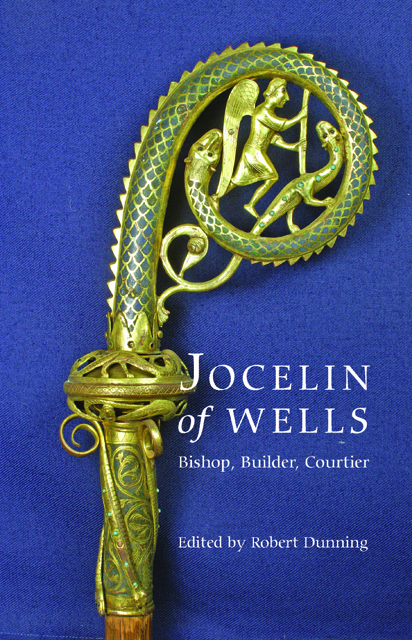Preface and Acknowledgements
Published online by Cambridge University Press: 02 March 2023
Summary
This collection springs from two main initiatives.
In the mid-1990s some linear features appeared in the lawn of the Bishop’s Palace at Wells, which were investigated by the archaeologist Dr Lucy MacLaurin. Subsequently, recognising their importance, the then bishop of Bath and Wells, Jim Thompson, asked Dr MacLaurin to form a committee of local experts. With advice from the Somerset County Archaeologist, Bob Croft, and with the bishop’s enthusiastic encouragement, she gathered together a group of archaeologists and others interested in the history of the building and its site. Some of the work commissioned by this committee is now published here for the first time.
Peter Price, who succeeded Jim Thompson in 2001, and his wife Dee immediately saw the immense potential of the palace and continued to support the committee in its wish to examine their home and garden in detail and to explain the site, the ruins and the buildings still in use so that visitors might be attracted in greater numbers and receive increased satisfaction from their experience. The year 2006 provided a convenient one for drawing attention to the palace, for it marked the 800th anniversary of the election and enthronement of Bishop Jocelin, sometimes known as Jocelin Trotman, more often as Jocelin of Wells, as bishop of Bath. It may not have been in 1206 that Jocelin put up the first buildings on the present site but without question it was the beginning of his significant rule as bishop, significant both for the palace he clearly built, for the great minster church to the north which was to become his successor’s cathedral, and for the diocese that he presided over for nearly forty years. Such an anniversary needed to be marked so that the great bishop and his palace could be worthily celebrated.
Thus, during a busy week of celebrations in September 2006, actively inspired and supported by the bishop and his wife and organised under the leadership of Brigadier John Hemsley, two days were given over to a conference where an enthusiastic audience heard experts talk on historical, archaeological, liturgical, cultural and architectural aspects of the history of the cathedral, palace and city of Wells, set in both national and international contexts. Dr Lucy MacLaurin most successfully organised the conference and a large debt of gratitude is owed to her.
- Type
- Chapter
- Information
- Jocelin of WellsBishop, Builder, Courtier, pp. ix - xPublisher: Boydell & BrewerPrint publication year: 2010



